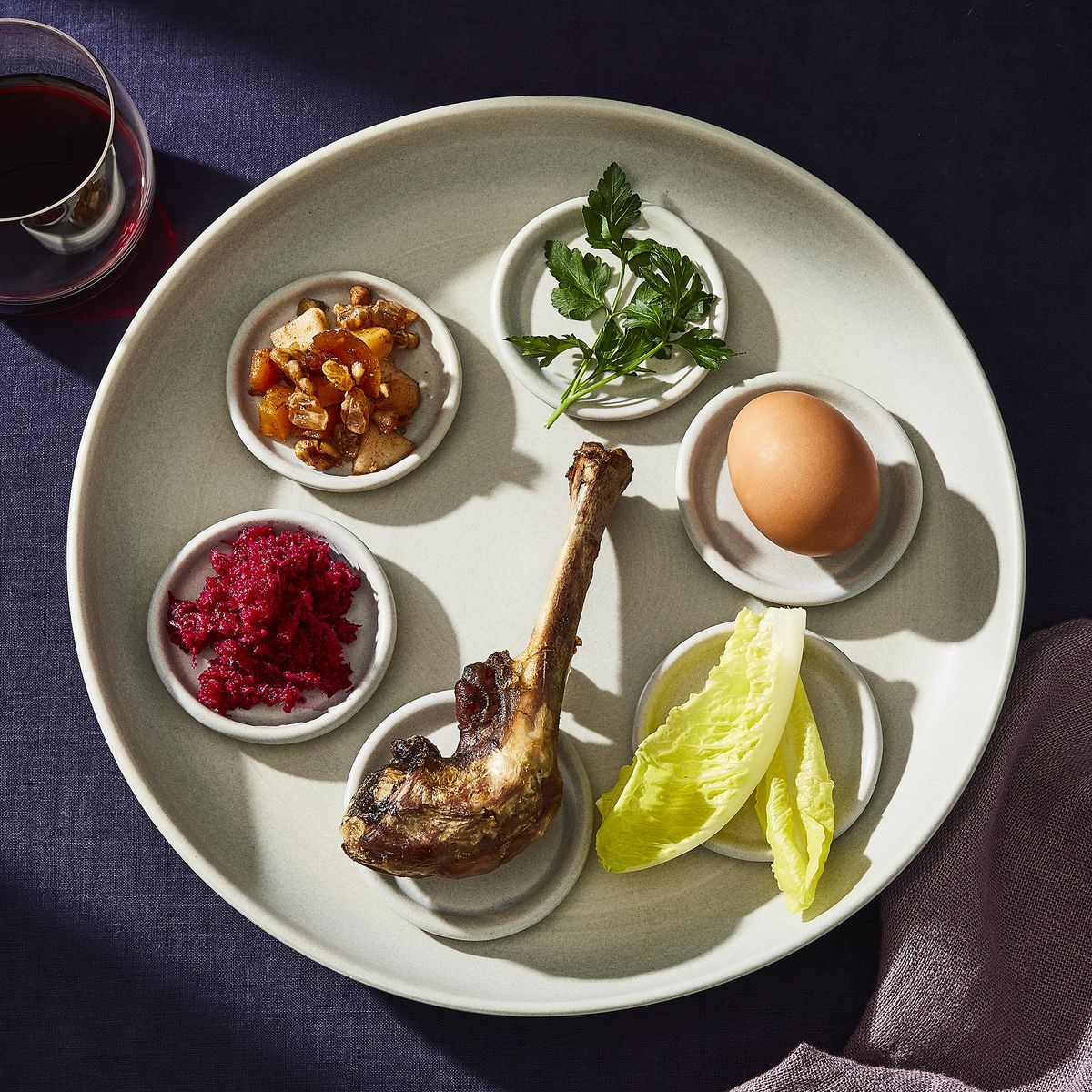How I Modernize My Passover Table (Without Betraying My Bubbie)
Passover is a Jewish holiday that’s been celebrated for thousands of years. Needless to say, the traditions we observe for it are… also old. To celebrate, Jewish families like mine have a big feast called a Seder on the first two nights of the 8-day holiday. It’s a ceremony that has carefully prescribed rituals, including several special dishes and foods that need to be placed on the table in order to properly perform the Passover Seder. The most important is the Seder plate, which is the ceremonial centerpiece that contains six symbolic ingredients (more on those later). A festive kosher-for-Passover meal follows the ceremony, and although you can really serve anything that’s kosher-for-Passover (or free of chametz—this typically includes leavened foods, but can also include corn, rice, peanuts, lentils, and more, depending on who you ask), there are a few traditional recipes you can expect to see. In my family, the same dishes are served the very same way year after year—gefilte fish that sits on a single leaf of curly lettuce garnished with a boiled carrot coin, matzo balls swimming in golden chicken soup, potato kugel, boiled eggs, carrot tzimmes, and brisket. Everything is relatively beige, but delicious nonetheless.
When I was a kid, my mother held my siblings and I hostage for three days before we hosted the Passover seder. We’d have to polish the silverware, press the linens, set the table, help prep vegetables, and lay out our clothes. My mother’s stress was palpable and for good reason: We’d usually have at least 20 people over for dinner, and she wanted everything to be perfect.
Read More >>
http://dlvr.it/SlS5qJ
http://dlvr.it/SlS5qJ

Comments
Post a Comment